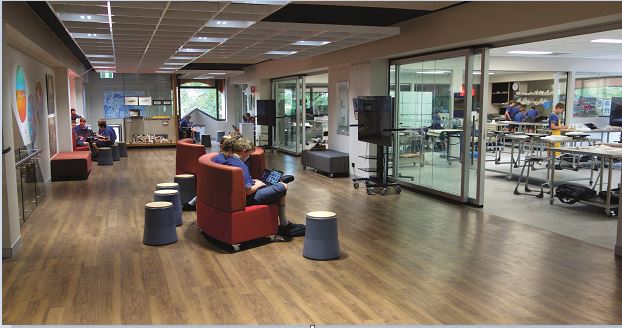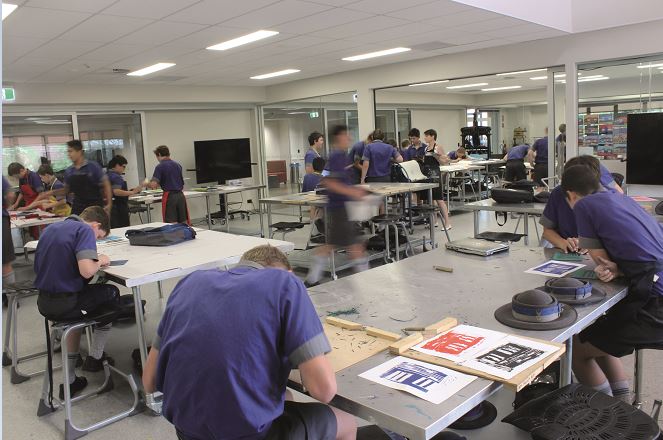
There is little doubt that the design of learning spaces is undergoing a fundamental change at the moment, but why should the evaluation of those spaces be a priority? These so called ‘21st Century’, ‘flexible’ or ‘Innovative Learning Environments’ (ILEs) are argued to be able to shape behaviour and experiences to affect a desired pedagogical change. The Organisation for Economic Cooperation and Development (OECD) describe ILEs as multi-modal, technology-infused and flexible learning spaces that are responsive to evolving educational practice. Authors suggest that the synergy of architecture and technologies (both digital and spatial) can facilitate a paradigm shift to learning from traditional or teacher-led pedagogies to more contemporary or student-centric learning modalities. Here there appears to be a rejection of the prevailing teacher-centred conventional or cellular classrooms in favour of flexible and learner-centred environments, which range from adaptive, purposeful spaces through to open-plan. The resulting allure of ILEs has seen them become a matter of policy and systemic investment, with OCED countries like Australia and New Zealand directing more than AUS$16B of public funding in building projects since 2009, and currently allocating up to $7B per year in future infrastructure. This is a huge investment. On what grounds is it warranted? Where is the evidence?
Paucity of Evidence about the Impact of Different Learning Environments
Because of the current interest and public investment in ILEs, one would expect there to be a substantive evidence base supporting the various assertions made to date. Reviews of the literature around ILEs consistently cite a lack of substantive, empirical data to adequately evaluate the claims purported about their impact on teachers and students. Often these conversations about new learning environments have been driven by conjecture, small sample qualitative case studies, or post-occupancy evaluations of tertiary spaces that lack pedagogic focus.
A particular shortcoming is a seeming lack of understanding of exactly what happens in these new spaces, and how teachers navigate different ways of working. This is possibly because we do not really know how to evaluate such spaces - there are few effective evaluative frameworks able to elicit the evidence concerning their pedagogical effect and if student learning experiences and outcomes are impacted upon in any way (positive or negative).
For these reasons, evaluation will be central to ensuring the current euphoria around ILEs will last beyond an ‘educational fad’ and achieve their promised potential. Evaluation is critical here; it affords the opportunity to investigate not only ‘what works’ (or does not), but also ‘why’. The open-plan movement of the 1960’s and 70’s failed due to its overt architectural focus, lack of teacher consultation through the design process (often without taking into account the school context), and limited guidance or professional development or teachers through the initial occupation. The absence of evaluation meant that the same issues were replicated time and time again, with little support for teachers to align their practices and pedagogies to the architectural affordances of the open-plan design. The open-plan movement is often considered an architectural failure, but the cause stems from many teachers unable to adapt to, and therefore working against, a space that was radically different from what they were accustomed to. But, this is not the fault of the teacher. Open-plan spaces, their design and implementation into schools, presented a chasm of change too great for teachers to traverse with little in-situ support.
The Anglican Church Grammar School (Churchie) and LEaRN partnership
